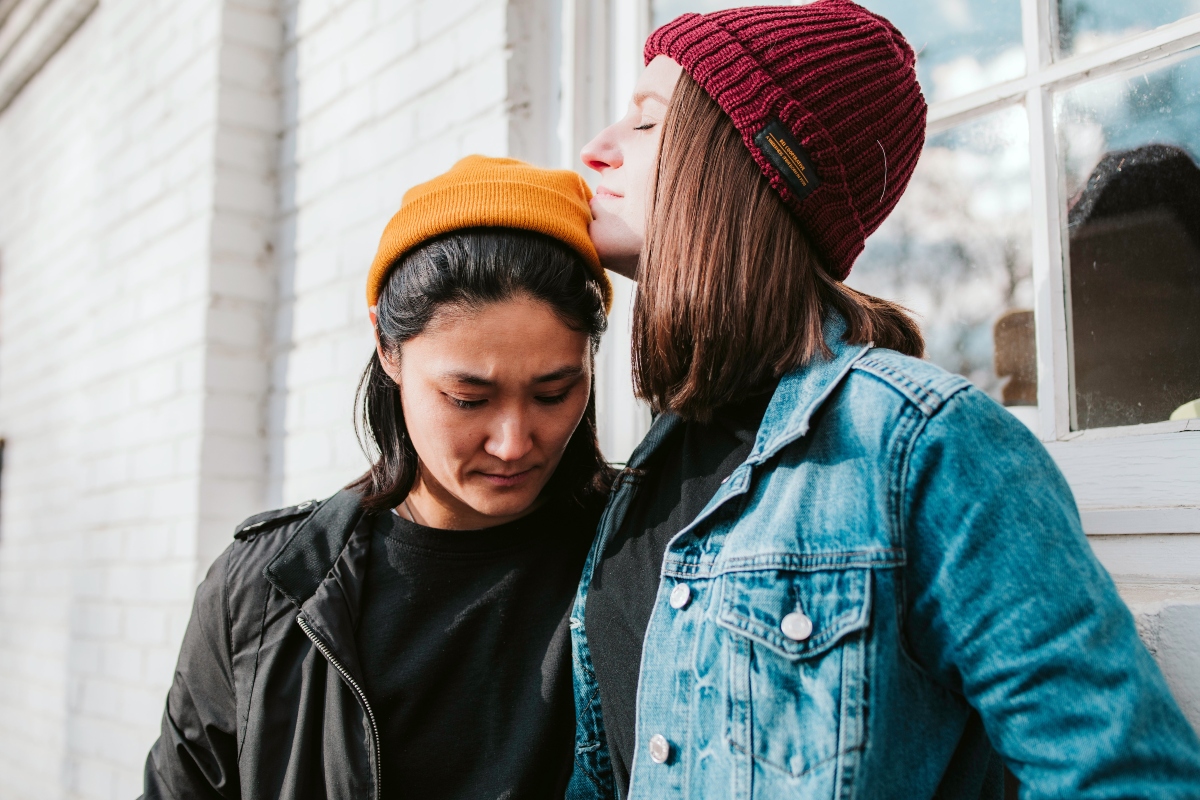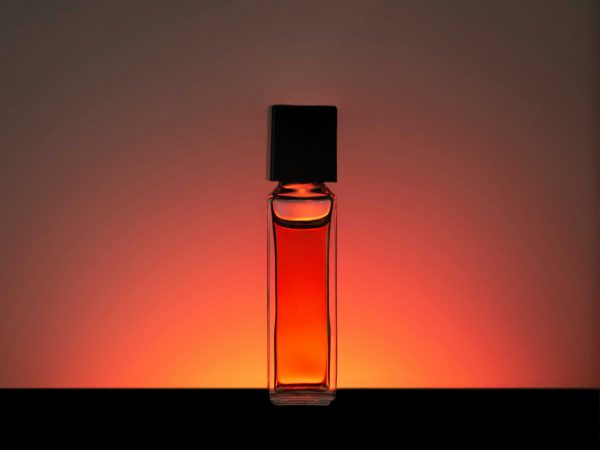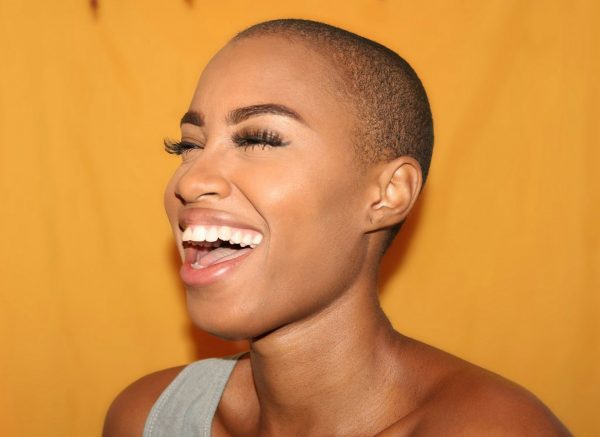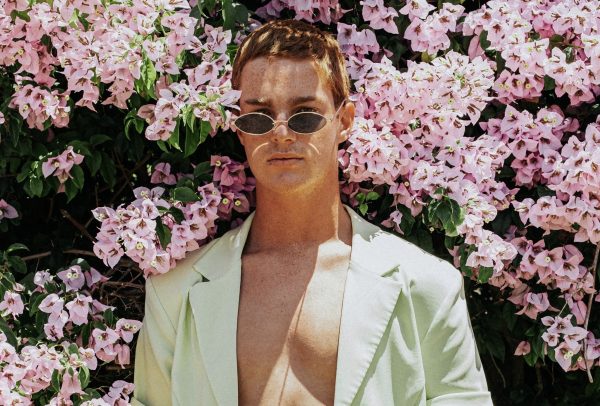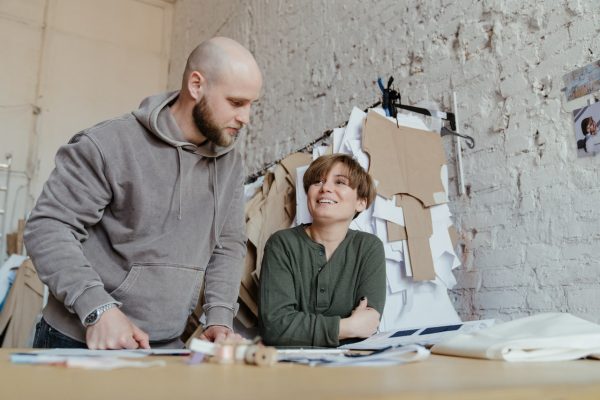You probably have at least two or three queers you follow on Instagram just for their impeccable style. Do you wonder where they get first-hand info about what’s going to be popular in the following months and years? Turns out, they didn’t subscribe to any special newsletter. So how did they know what’s going to be popular before it became popular? Well, it’s simple—they are the ones influencing trends! Right now, one group that offers constant inspiration for designers and fashion directors is the queer community. So how did this love affair between queerness and fashion start and is it made to last?
When it all started?
It all started after WWII, in this case, with androgynous women and lesbians of the 40s. Since many men were stuck in trenches, women had to take over traditionally masculine jobs of welders, mechanics and miners which all required them to ditch stockings and put on overalls. This shift in fashion allowed many women to experience newfound freedom and experiment with style and gender roles. Today, women all over the world, especially those belonging to the LGBTQ community, are proud to blur the lines between what is feminine and what is masculine.
The style of the queen community is all about identity and self-expression without a filter. However, it’s also a political and social statement that resists everything that’s forced by a repressive government and social norms. Queer people have always used fashion to say “I will not be put in a box”.
Queer fashion and marketing
Also, queer fashion can be a tricky marketing gambit. For designers, opting for gender-neutral wear is risky and often not financially wise. Many designers who aspire to be inclusive of models of mixed race, size, gender and age are struggling to find a place under the fashion sky. However, some like pioneers in gender-fluid fashion Telfar, Hood by Air, Luar and Gypsy Sport, made it into the mainstream. These kings of the new wave of fashion showed that there’s actually a big market for queer fashion and it doesn’t just belong in editorials and fringes of the fashion world.
Elements of queer fashion
Queer folks managed to keep fashion on life support with looks that ooze raw designs, fuse streetwear and athletic wear, have strong BDSM undertones and, only from recently, show off over-the-top femininity with curve-clutching fabrics and layers of lace.
Scooter LaForge, a new-age queer designer, focuses on raw looks. He recently took some Hermes bags and kilts and roughed them up with slogans and spicy motifs turning them from something boring to something highly aesthetic. These pieces resist mass production and are often called “anti-fashion”. That unfinished look is present in many queer collections where many pieces are put together from various elements that don’t traditionally belong together (a tailored jacket with lace lapels; fur slippers with a sheer frock; etc.) Just like queer identities are combined by mixing together sexualities, race, culture, love and rebellion, queer fashion is an eclectic concoction of fashion styles and trends balancing on the fringes of society.
There’s also a different picture of queer fashion, one more minimalistic. Minimalism as a lifestyle is very popular among queer folks, so we have a lot of manufacturers catering to this audience, especially in urban environments. If you search for women’s heels in Australia, you will come across a bunch of manufacturers that sell quality minimalist footwear every queer woman would be attracted to. For LGBT people who want to fit in, these models provide a safe space that also highlight’s a person’s elegance and sophistication.
Is this love affair going to last?
Why queer folks care so much about fashion in general and try their best to look “queer”? It all lies in attraction—we want to attract the right people and let them know we are friendly. Straight people can approach a member of the opposite sex and they will likely share sexual orientation, but queers have to rely on outside factors to assume someone’s queer identity. Even with obviously LGBTQ fashion statements, we still can’t be sure, but we’re also risking becoming vulnerable to prejudice and even violence. However, queer fashion is not going anywhere—it’s just evolving and searching for its place below the sun.
No matter what your identity is or whether you want to stand out or blend in with your fashion style, it’s clear that queer people have a strong influence on the world of fashion. As long as we avoid queer-washing, we can enjoy our visibility!


